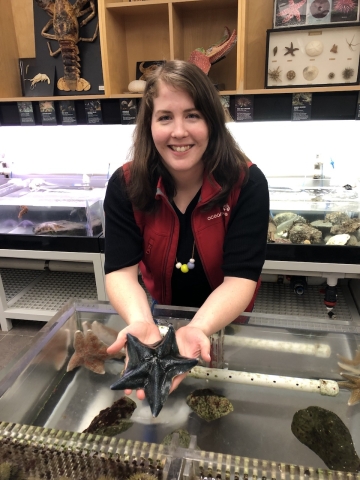
Danika Strecko (Video)
Manager of Ocean Literacy

Danika Strecko
Manager of Ocean Literacy
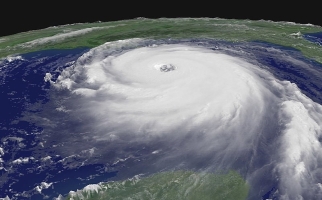
Where Do Hurricanes Come From?
STEM Explained
Hurricanes are a kind of tropical cyclone. But where do they come from? And why do they cause so much damage? This article will answer all your storm-related questions!
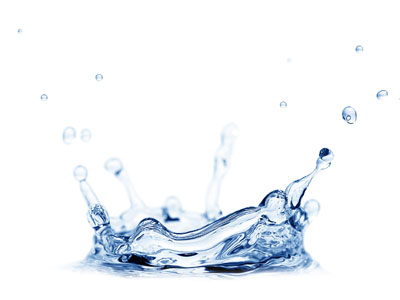
Why is rain not salty?
Hands-on Activities
Make a model of the water cycle and find out how water moves around on planet Earth.

What is Ocean Warming and Why Does It Matter?
STEM Explained
Oceans absorb the greatest amount of solar radiation on Earth. Ocean warming can lead to glaciers melting and ocean acidification.
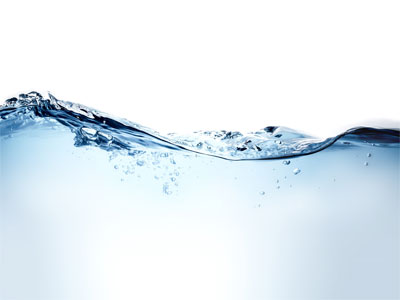
What causes ocean currents?
Hands-on Activities
Create a model of ocean currents and learn how currents are formed.
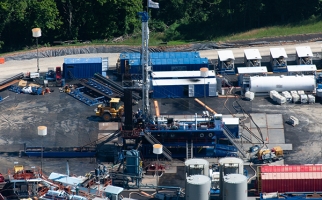
What is Fracking?
STEM Explained
The fracking process gets natural gases out of rocks. This process can have effects on freshwater, water quality and even earthquakes!
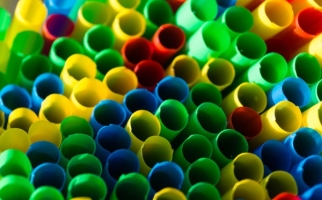
We Use a Lot of Plastic
STEM Explained
What are microplastics? How are plastics polluting aquatic ecosystems?
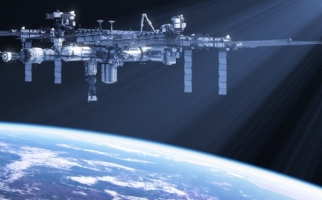
Temperature on Earth and on the ISS
Backgrounders
Temperature is an important part of life on Earth and life in space. This backgrounder explains what temperature is, how it affects people and how it is controlled on the International Space Station.
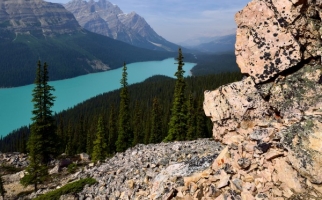
The Rock Cycle in Canada
STEM Explained
Products of the rock cycle are visible all across Canada.
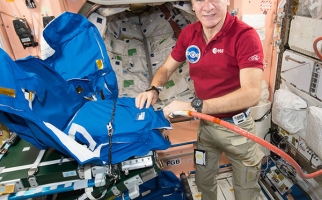
Radiation and Human Space Exploration
STEM Explained
One of the greatest hazards that humans in space face is cosmic radiation. Learn what cosmic radiation is, why it's dangerous, and ways that we are looking at protecting humans in deep space.
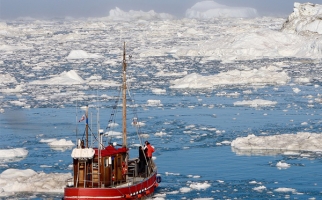
Reaching the Arctic
STEM Explained
How will arctic ice melt from climate change affect exploration, scientific research and geopolitics?
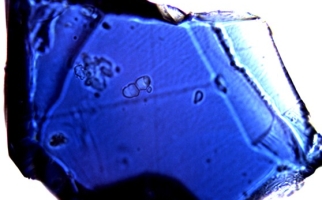
Ringwoodite and the Deep Water Cycle
STEM Explained
The water in the oceans has travelled vast distances. It has even time spent deep below the surface of the Earth, trapped inside the mineral ringwoodite.
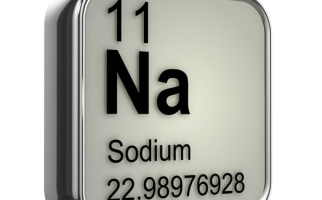
Na Na Na Na (Hey Hey Hey) Sodium!
STEM Explained
Sodium is a useful chemical element. You consume it as table salt regularly. Learn about salt mining, sodium uses, and what problems too much sodium can cause.
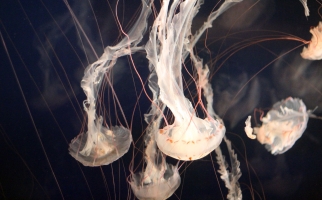
Invertebrates: Marine
Picture Collections
8 images of some invertebrate animals such as sea anemones, coral and jellyfish that live in a marine environment